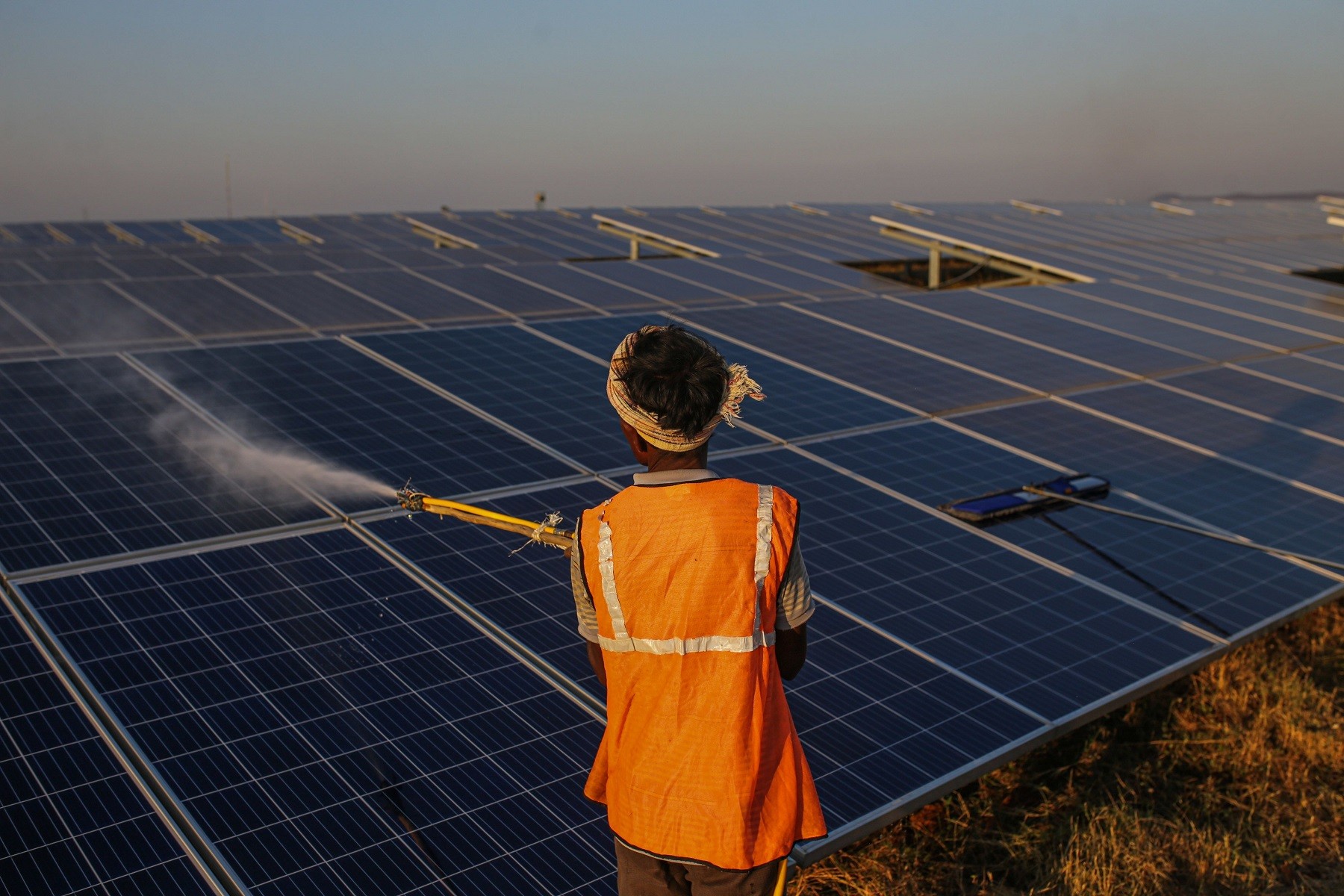India wants non-fossil fuel power sources to provide half of its electricity supply by 2030. To achieve this target, India needs to massively scale up funding for renewables. Our latest white paper, commissioned by the Power Foundation, estimates a requirement of $223 billion over the next eight years just to meet the solar and wind capacity targets. It also explores the options to mobilize this funding.
- At COP26 in November 2021, Prime Minister Narendra Modi announced India plans to reduce emission intensity by more than 45% by 2030 below 2005 levels. To achieve this target, the Prime Minister called for increasing non-fossil power capacity to 500GW. The Prime Minister also
announced a net-zero by 2070 target. - Funding for Indian renewable projects has come from a diverse set of sources. Debt providers assess several factors, such as offtake counterparty and the track record of the borrower. Refinancing has become more common. Patient capital providers such as pension funds are also increasingly taking equity stakes in Indian renewable energy projects.
- Environmental, social and governance (ESG) factors are increasingly a focus of investors. Project developers are starting to face higher ESG disclosure standards than those required by government rules.
- Renewable developers face regulatory, project and financing risks. Power purchase agreement renegotiation requests, difficulties in land acquisition and payment delays were ranked as the top risks in a survey of 17 industry stakeholders. Rising interest rates and inflation, coupled with the depreciation of the rupee against the US dollar are creating new challenges. Regulatory tweaks to banking laws, dedicated funds for clean energy and liberalized rules for external commercial borrowing could help lessen these challenges.
- Project developers need to tap into new or underutilized sources of capital to raise funding to meet the 2030 targets. The report examines eight potential approaches to scaling up funding by, for example, increased usage of revolving construction debt, and improved regulatory certainty for infrastructure investment trusts.
- India is one of the largest renewable energy markets in the world and its rising power demand coupled with government’s support for clean power makes it the most attractive investment destination for renewables among emerging markets. The country now needs to scale up its financing activities by tapping into alternative sources of financing and by learning from international experiences to raise $223 billion in the next eight years.






